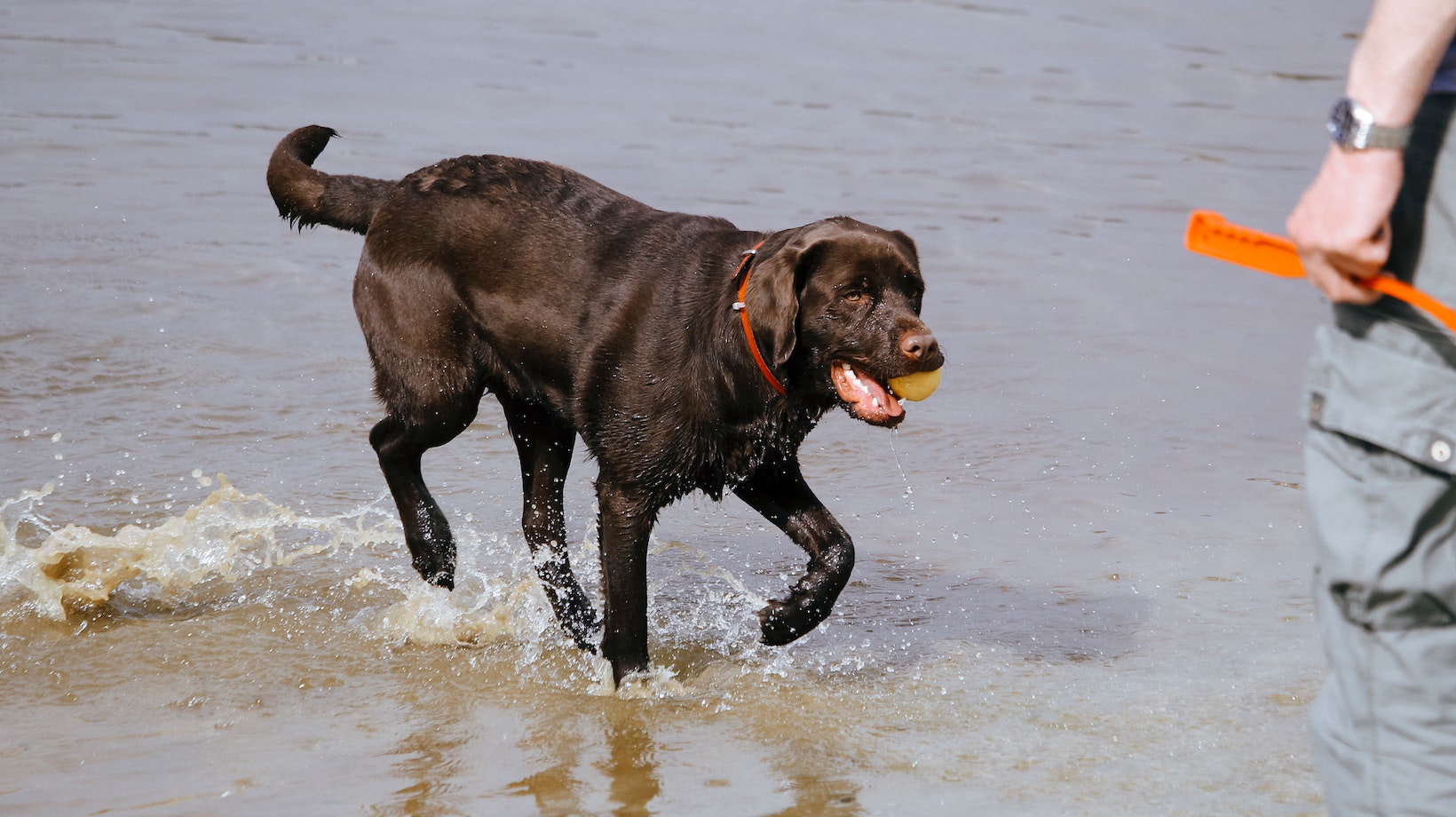How To Train An Aggressive Dog
- Fear and Anxiety: Dogs may display aggressive behavior when they feel threatened or scared. It could be triggered by experiences such as abuse, neglect, or a traumatic event.
- Protectiveness: Some dogs become aggressive when they feel the need to protect their territory, family members, or resources like food or toys. This territorial aggression is rooted in their instinctual nature.
- Lack of Socialization: Insufficient exposure to different environments, people, and other animals during a dog’s early development stages can lead to fear-based aggression later on.
- Frustration: Dogs that are constantly frustrated due to lack of exercise, mental stimulation, or confinement may exhibit aggressive behaviors as a way to release pent-up energy.
Identifying Triggers For Aggressive Behavior
To effectively train an aggressive Labrador (or any dog), it’s important to identify the specific triggers that provoke their aggressive responses. By recognizing these triggers, you can create targeted strategies for managing and modifying their behavior over time:
- Body Language Cues: Pay close attention to your dog’s body language before an aggressive outburst occurs. Signs like raised hackles (the hair along their back), growling, bared teeth, intense staring, or stiff posture can indicate an impending attack.
- Environmental Factors: Certain situations or environmental stimuli can trigger aggression in dogs. These may include encounters with unfamiliar dogs or people, loud noises (such as thunderstorms or fireworks), crowded spaces, or even specific objects that have been associated with negative experiences.
- Resource Guarding: Dogs that show aggression over resources like food, toys, or even their sleeping areas may have a heightened sense of possession. Recognizing these triggers will help you manage their behavior and work on teaching them appropriate sharing and boundaries.

Evaluating The Severity Of Dog Aggression
Once you understand the root causes and triggers for aggression in your Labrador, it’s important to evaluate the severity of their aggressive behavior. This assessment will help determine the best course of action for training and rehabilitation:
- Frequency and Intensity: Consider how often your dog displays aggressive behaviors and assess the level of intensity during those instances. Frequent or severe attacks require immediate attention from a professional dog trainer or behaviorist.
- Targets of Aggression: Take note of whether your dog primarily directs their aggression towards other animals, humans, or both. Understanding their preferred targets can provide insight into potential underlying issues.
- Bite Inhibition: Assess the forcefulness of your dog’s bites during moments of aggression. A bite that results in minimal damage suggests better bite inhibition skills compared to more severe bites that cause injury.
Positive Reinforcement Techniques For Training An Aggressive Dog
- Reward-based Training: The cornerstone of positive reinforcement is using rewards such as treats, praise, or playtime to reinforce good behavior. Whenever your Labrador exhibits the desired behavior, promptly reward them with something they find motivating. This helps them associate the positive behavior with a pleasurable outcome.
- Clicker Training: Clicker training is a popular technique that uses a small handheld device called a clicker to mark desired behaviors. By pairing the sound of the clicker with rewards, you can communicate precisely when your dog has performed the correct action. Over time, your Labrador will learn to associate the clicker sound with receiving a reward.
- Targeting: Target training involves teaching your dog to touch or follow a specific target object like your hand or a target stick. This technique helps redirect their focus and encourages them to engage in desired behaviors by following or touching the target object.
- Desensitization and Counterconditioning: If your Labrador displays aggression towards specific triggers (like other dogs or strangers), desensitization and counterconditioning can be useful techniques. Gradually exposing your dog to the trigger at low intensity while providing positive experiences and rewards helps them form new associations and reduce fear or aggression responses.
- Behavior Shaping: Behavior shaping involves breaking down complex behaviors into smaller achievable steps and rewarding incremental progress along the way. By gradually shaping more desirable behaviors through consistent rewards, you can encourage positive changes in your aggressive dog’s behavior.
Remember, each dog is unique, so it’s essential to tailor these techniques to suit your Labrador’s temperament and needs. Consistency, patience, and positive reinforcement are key to successful training.